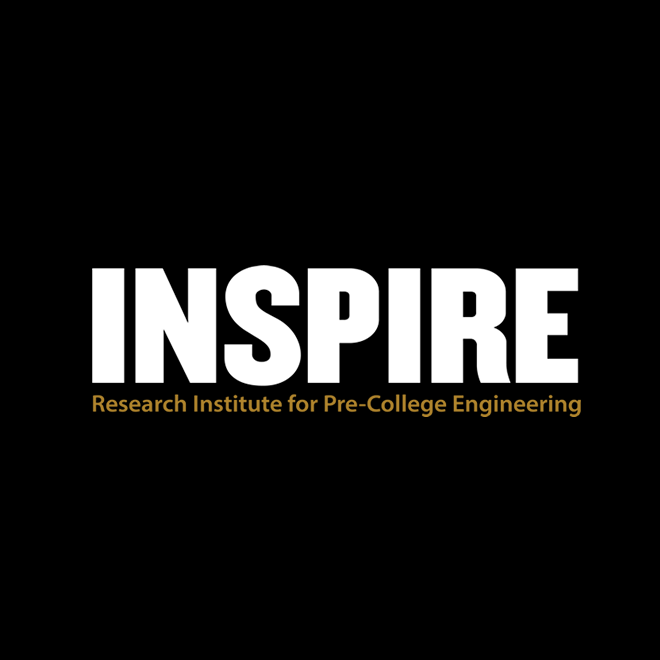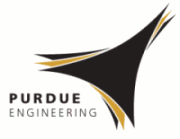Abstract
Inequities in opportunities to learn and become in engineering, especially for minoritized youth, are enduring and systemic. How students experience engineering education, through curriculum, pedagogy, and teacher/student interactions, all shape opportunities for identity development. In this paper we draw upon cultural studies and critical ethnography to explore how and why students engage in engineering for sustainable communities and its relationship to their identity work. We ground our work in a justice-centered asset-based stance that centers how people’s lived lives and community wisdom yield powerful forms of cultural knowledge/practice relevant to learning and engaging in science, technology, engineering, and mathematics. We seek to accentuate students’ ingenuity to leverage their assets for social change making; that is, in transformative and future-oriented ways. We view youths’ everyday ingenuity as powerful assets for learning and participating in authentic engineering design for sustainable communities. Findings suggest that engineering for sustainable communities created opportunities for productive identity work because it created space for youth to authentically engage in engineering design in ways that allowed them to care about each other, their classroom and community, and to use both their everyday ingenuity and technical expertise to make a difference. We also suggest that students’ identity work took shape through the emergence of new local contentious practices of engineering for sustainable communities that both amplified youths’ ingenuity and challenged particular local, historical/sociocultural norms of engineering and schooling. These contentious local practices related to disrupting the authority to name what counts as engineering problems worth solving and disrupting narratives around what it means to persist through iterations in design. We suggest that an engineering for sustainable communities approach supports the production of local and productive contentious practice because it centers community co-ownership in the design, and supports students in leveraging their everyday ingenuity as critical knowhow in engineering design.
Recommended Citation
Calabrese Barton, A. M.,
Schenkel, K.,
&
Tan, E.
(2021).
The Ingenuity of Everyday Practice: A Framework for Justice-Centered Identity Work in Engineering in the Middle Grades.
Journal of Pre-College Engineering Education Research (J-PEER), 11(1), Article 6.
https://doi.org/10.7771/2157-9288.1278
Included in
Curriculum and Instruction Commons, Engineering Education Commons, Science and Mathematics Education Commons


